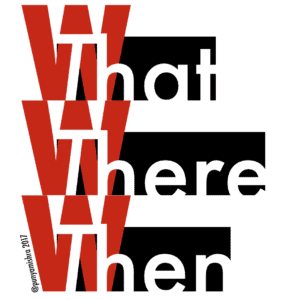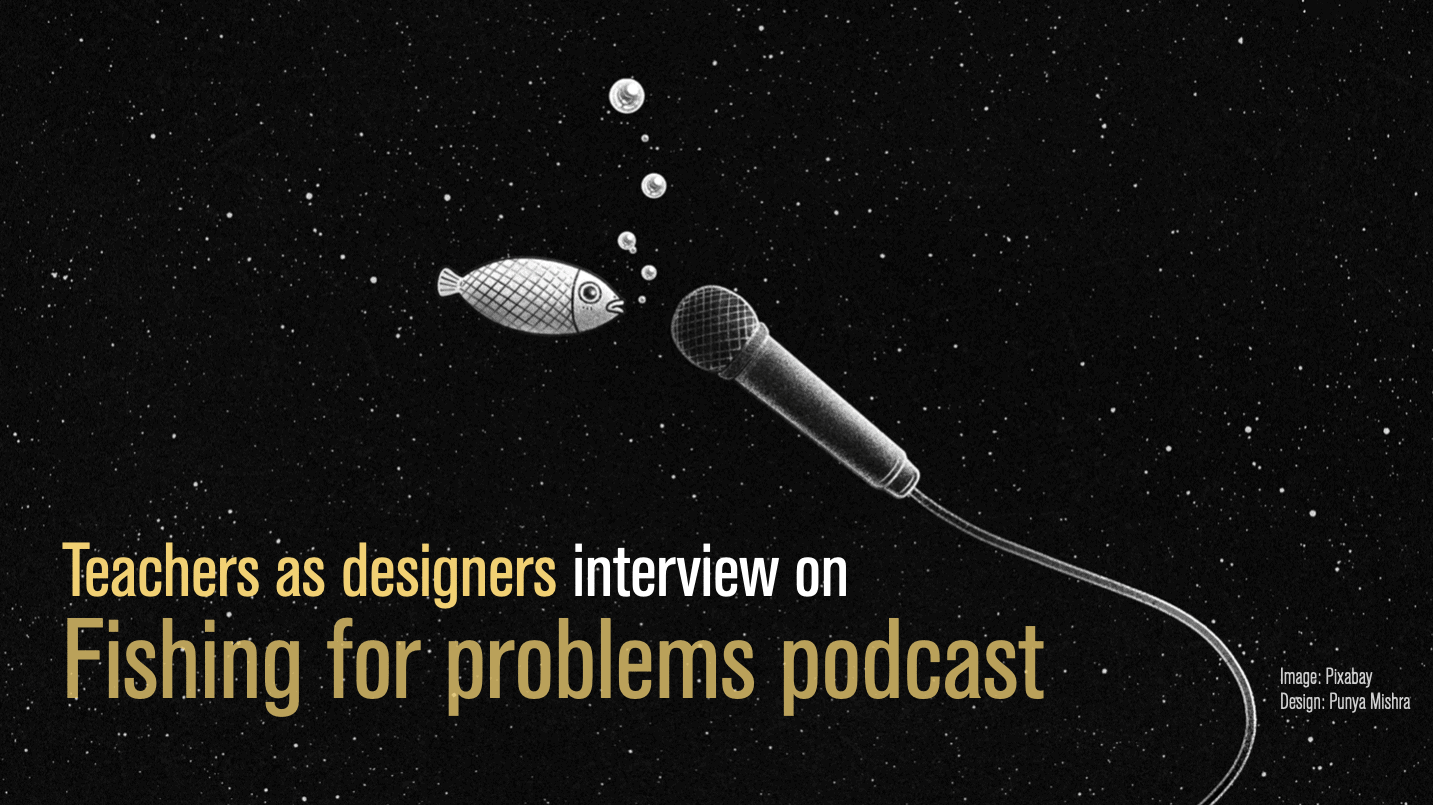Three important questions that we often seek answers for are:
- WHAT is it?
- WHEN should we do it?
- WHERE should it happen?
Turns out these questions can be answered just by replacing just one letter—namely replace “W” with “T.” Here they are:
- That
- Then
- There
Simple.
Here is a visual representation of the same idea that I created while at a meeting the other day.





0 Comments